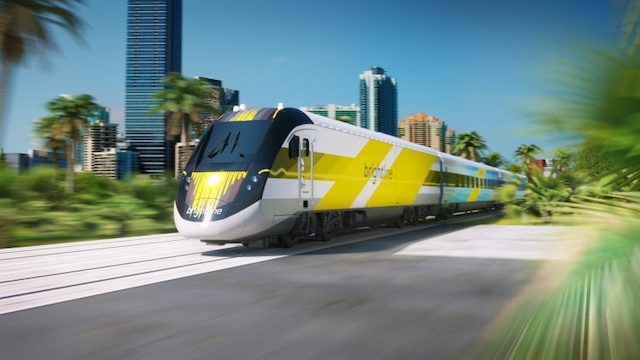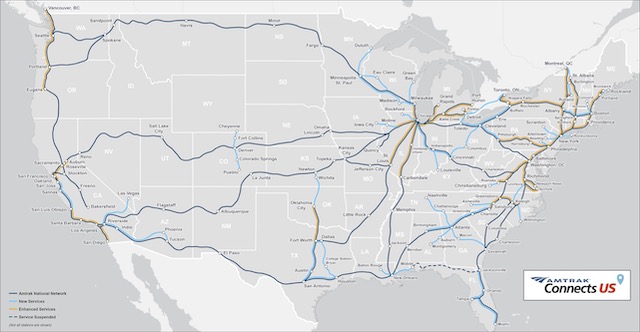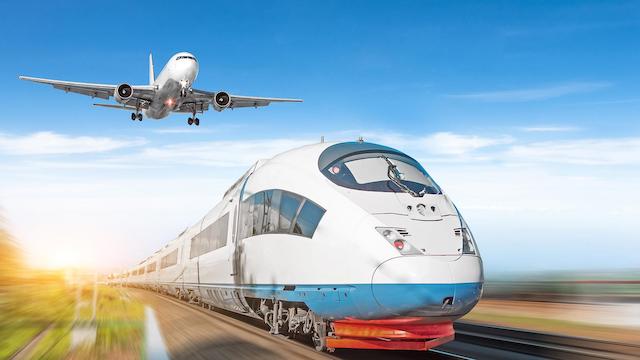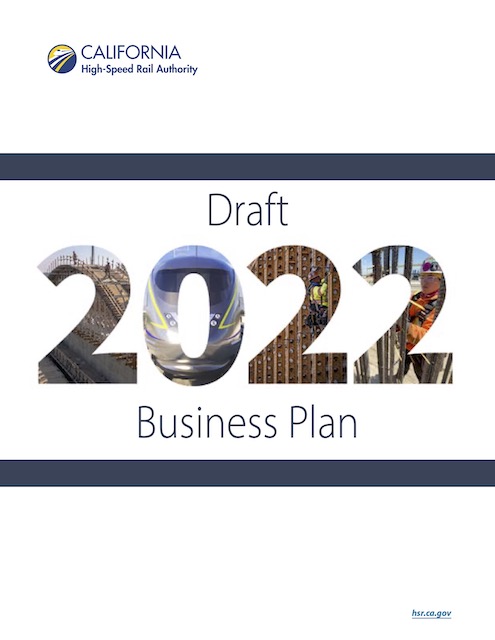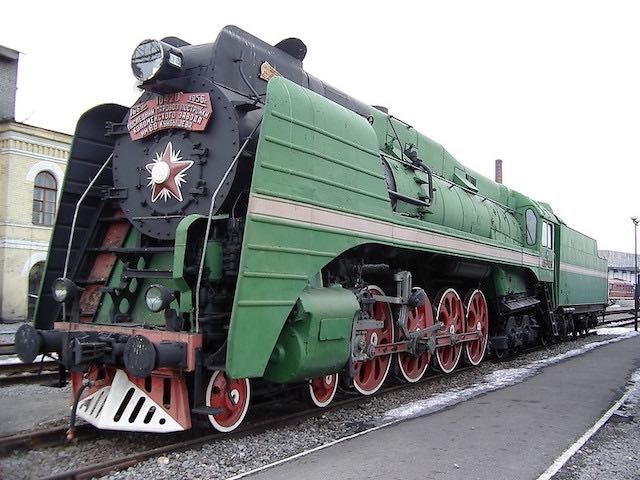Brightline says it has raised enough money to start construction on a 200-mph rail line from Victorville, California to Las Vegas. The company projects the line will cost $10 billion, or about $45 million a mile for the 218-mile route.
Brightline in Florida. Illustration by All Aboard Florida (Brightline’s original name).
Brightline has $1 billion in private activity bonds to start construction. But I would be surprised if Brightline has managed to find private investors foolish enough to give the company the other $9 billion needed for this line. The company says that it expects to attract 12 million people a year heading to Las Vegas or Los Angeles out of their cars and buses, or almost 30 percent of the 42 million traveling by highway today, but that seems highly unlikely. Continue reading

